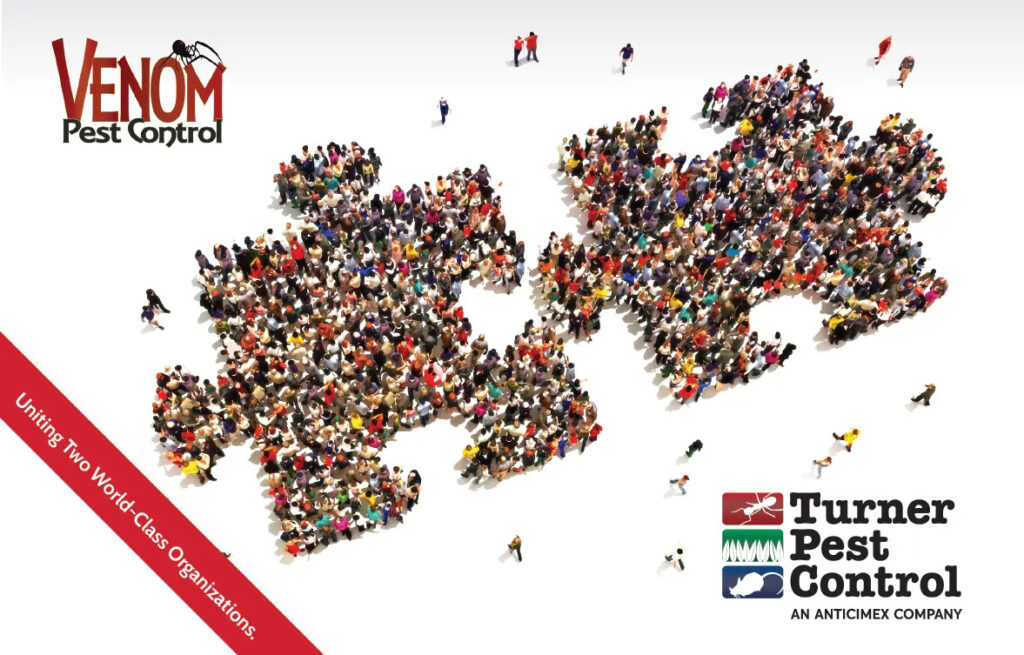
The days are getting longer, warmer, and more humid, so it’s prime time for turf problems. One of the most common issues we see this time of year is gray leaf spot, a fungal disease that can wipe out large areas of your St. Augustine lawn if it’s not treated quickly.
Here’s how to recognize gray leaf spot turf disease, how it becomes a problem, and what can be done to stop it.
How to identify gray leaf spot
If you notice that some areas of your lawn appear stressed, take a close look at the blades or leaves. Grass that’s suffering from gray leaf spot will have oblong spots that appear gray in the center and brown or olive green overall; may feel like felt to the touch; and have dark brown borders. When there’s an extensive infestation of gray leaf spot, the stressed area may appear scorched.
How gray leaf spot spreads and grows
When conditions are most favorable for the growth of gray leaf spot—humidity greater than 95%, long periods where grass leaves stay wet, and temperatures that stay between 80°F and 90°F—this fungus can easily thrive. Our warm, rainy season, which stretches from late May through September or even October, gives gray leaf spot plenty of opportunities to do its damage.
Gray leaf spot can be a particular problem in the shady areas of your lawn beneath trees and along fences. Once it gets established anywhere in your lawn, its spores can spread to other areas via wind, irrigation runoff, and splashing rain.
How to manage and control gray leaf spot
There are several things you can do to prevent this fungus from damaging your St. Augustine grass, including:
Water at the right time
Moisture is essential for the germination of gray leaf spot spores. When grass stays wet for hours without interruption, the germinated spores have the chance they need to infect the grass.
Light and good air circulation are the enemies of gray leaf spot (and many other types of turf problems). While you may not be able to get more light into shady areas, you can help ensure that your lawn doesn’t stay wet too long by watering it early enough to give it plenty of time to dry before nightfall.
You can still make sure your St. Augustine lawn has enough water to get through drought conditions without increasing the chance of turf diseases. Aim to irrigate between 2:00 a.m. and 8:00 a.m., but no more than twice a week for about 45 minutes to an hour. Infrequent (but deep) watering is recommended.
Keep your lawn healthy
A strong, healthy lawn is your best defense against every type of turf trouble, including gray leaf spot and other diseases. In addition to watering carefully, follow proper mowing recommendations. Grass needs enough leaf area for photosynthesis, so avoid cutting off more than one-third of the height of your lawn. You may want to cut shady areas even higher to help it compete with tree roots for the nutrients it needs.
Also keep your mower blades sharp to avoid tearing the grass leaves, which keeps them from healing quickly. You should leave your grass clippings on your lawn to allow nutrients to return to the soil and reduce your fertilization requirements.
Check out our guide to lawn care to learn more about how to give your St. Augustine grass its best chance to thrive.
Regularly apply fungicide
Even if you carefully follow good watering and mowing practices, the tropical weather conditions we have in Florida during the summer and early fall may not allow you to keep your lawn dry enough to fight off fungi.
As with fertilizer, using the right fungicide and properly timing its application can help solve your gray leaf spot issues. Keep in mind that there is no one fungicide product that eliminates all types of fungi, so it’s essential to make an accurate identification of the type of fungus you have so that the correct product is used.
Contact Turner Pest Control’s lawn experts.
Our complete lawn and outdoor pest control services include the management of fungus growth, as well as lawn pest control, fertilization, and more. We’re happy to provide a free, no-obligation inspection and estimate on the treatment plan and specific services that can help you enjoy a beautiful and disease-free lawn.


